Can Big and Small Dogs Live Together? Tips for a Harmonious Multi-Size Dog Household

Yes, big dog breeds can absolutely live peacefully and happily with small breeds, but the process requires thoughtful planning, careful introductions, and ongoing management. Here’s a comprehensive look at what to consider and how to help your “David and Goliath” dogs coexist harmoniously:
Key Factors to Consider
1. Age and Energy Levels
- A hyperactive large dog might overwhelm an older or less energetic small dog. For example, a rambunctious puppy could accidentally hurt an older, more fragile small dog during play.
- Pro Tip: Ensure the small dog has safe spaces to retreat to, like a crate, a gated area, or high furniture.
2. Breed Characteristics
- Some large breeds have strong prey drives (e.g., certain hounds or terriers) and may view small dogs as prey.
- Pro Tip: Avoid pairing small dogs with large breeds prone to chasing or predatory instincts unless the larger dog is well-trained and socialized.
3. History with Other Dogs
- A dog’s past behavior around other dogs plays a big role.
- Large dogs who’ve successfully lived with smaller dogs are more likely to adjust well.
- Small dogs might feel intimidated by large dogs and react defensively.
4. Resource Guarding
- Dogs of any size may guard food, toys, or even their owner.
- Pro Tip: Work on reducing guarding behaviors with training and manage situations by feeding the dogs separately or removing prized toys.
Preparing Your Living Space
- Supervision is Key: Never leave large and small dogs unsupervised until you’re confident in their relationship. Accidents can happen even if the intention is playful.
- Escape Routes: Small dogs should have areas where they can escape, such as under furniture or gated-off rooms.
- Separate Feeding: Feed both dogs in different areas to avoid disputes.
- Exercise Routines: Large and small dogs often have different exercise needs. Be prepared to take separate outings initially to meet their individual requirements.
How to Introduce Big and Small Dogs
Step 1: Initial Parallel Walks
- Start with leashed walks in neutral territory, like a park, with enough space to prevent direct contact. Gradually close the distance as both dogs show comfort.
Step 2: Controlled Indoor Meetings
- Use baby gates or dividers to allow dogs to observe each other without physical interaction.
- Gradually increase time spent in the same room under supervision.
Step 3: Monitor Play Behavior
- Big dogs might not understand their size difference and could accidentally hurt a smaller dog. Teach both dogs to take breaks and redirect play if it gets too rough.
Step 4: Reward Positive Interactions
- Reinforce calm and polite behavior with treats and praise for both dogs.
Training Techniques for Success
- Obedience and Self-Control: Train both dogs to respond to basic commands like “sit,” “stay,” and “leave it.”
- “Place” Command: Teach each dog to go to a designated spot for alone time or when interactions get too intense.
- Turn-Taking for Rewards: Help the dogs learn to wait their turn during treat time to foster cooperation.
Benefits of Living With Dogs of Different Sizes
- Variety of Activities:
- Small dogs are portable and can join you on trips or errands.
- Large dogs are ideal for outdoor adventures like hiking or running.
- Mutual Protection:
- Large dogs can offer protection for small dogs from predators like coyotes or birds of prey.
- Cross-Socialization:
- Dogs of different sizes can learn to communicate and play more effectively with each other, building their social skills.
With proper preparation, training, and supervision, big and small dogs can live together harmoniously and even thrive. Their differences can complement each other, creating a unique and fulfilling multi-dog household. The key is to be patient and proactive, ensuring both dogs feel safe and comfortable.
If you’re planning to bring a big and small dog together, let me know—I can help with specific tips based on your situation! 🐾
The 20 Largest Dog Breeds Whose Hearts Are as Big as Their Paws
Big dogs don’t just take up space—they fill it with love, loyalty, and a unique charm. Whether they’re herding livestock, guarding your home, or simply being your gentle giant cuddle buddy, these majestic breeds offer so much more than their size. Here's a closer look at the biggest dog breeds, their histories, and what makes them such incredible companions.
Before Adopting a Large Breed: Things to Know
Dr. Jerry Klein of the AKC emphasizes that large breeds come with unique needs:
- Cost: Everything—food, meds, gear—is bigger and pricier.
- Training: Proper socialization and training are critical, especially since these dogs can outweigh most humans.
- Space: Giant breeds need room to stretch out and play.
- Lifespan: Large breeds take longer to mature but typically have shorter lifespans, often around 8–11 years.
The List of Gentle Giants
1. Doberman Pinscher

- Weight: 60–100 lbs
- Height: 24–28 inches
- Key Trait: Loyal, athletic, and intelligent, Dobermans thrive with structured training and love their humans fiercely.
2. Borzoi

- Weight: 60–105 lbs
- Height: 26+ inches
- Key Trait: Graceful and fast, this Russian sighthound is a mix of elegance and affection—ideal for active, loving families.
3. Bernese Mountain Dog

- Weight: 70–115 lbs
- Height: 23–27.5 inches
- Key Trait: These Swiss farmhands are strong, sweet, and crave family time.
4. Akita

- Weight: 70–130 lbs
- Height: 26–28 inches
- Key Trait: Dignified yet playful, the Akita is a loyal companion who might prefer being the only pet.
5. Tibetan Mastiff

- Weight: 70–150 lbs
- Height: 24–26 inches
- Key Trait: Independent and watchful, this ancient guardian dog is both clever and cat-like in demeanor.
6. Alaskan Malamute

- Weight: 75–85 lbs
- Height: 23–25 inches
- Key Trait: Perfect for cold-weather adventures, Malamutes are affectionate and thrive with rigorous activity.
7. Scottish Deerhound
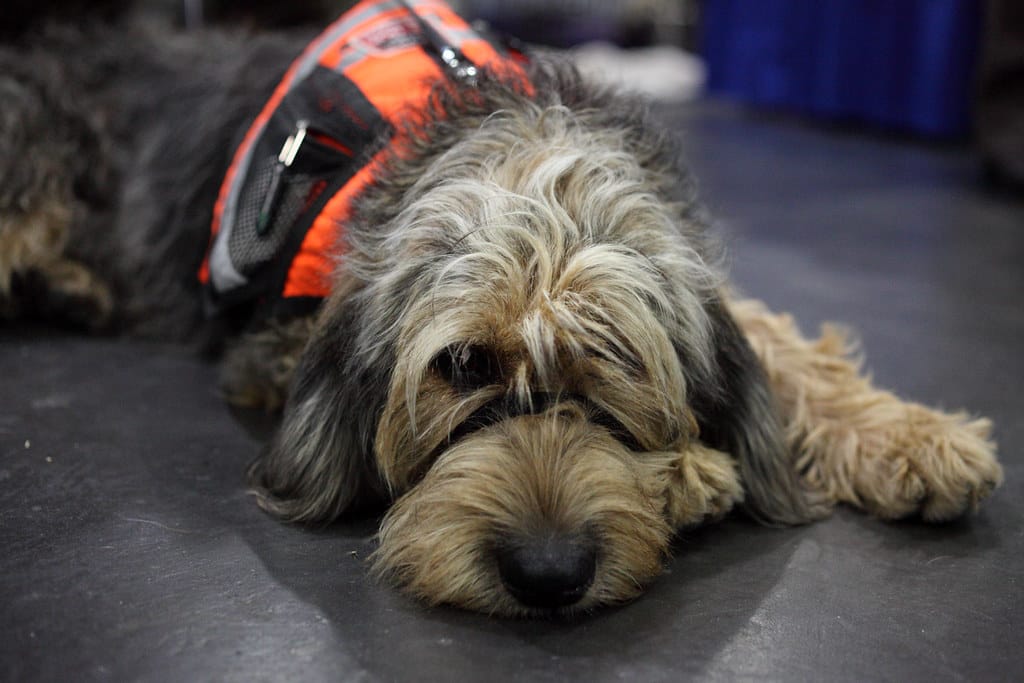
- Weight: 75–110 lbs
- Height: 28–32 inches
- Key Trait: Known for loyalty and speed, these shaggy Highland hunters are best suited to homes without other pets.
8. Great Pyrenees

- Weight: 80–100+ lbs
- Height: 25–32 inches
- Key Trait: Calm and composed, this breed excels as both a guardian and a cuddle buddy.
9. Anatolian Shepherd
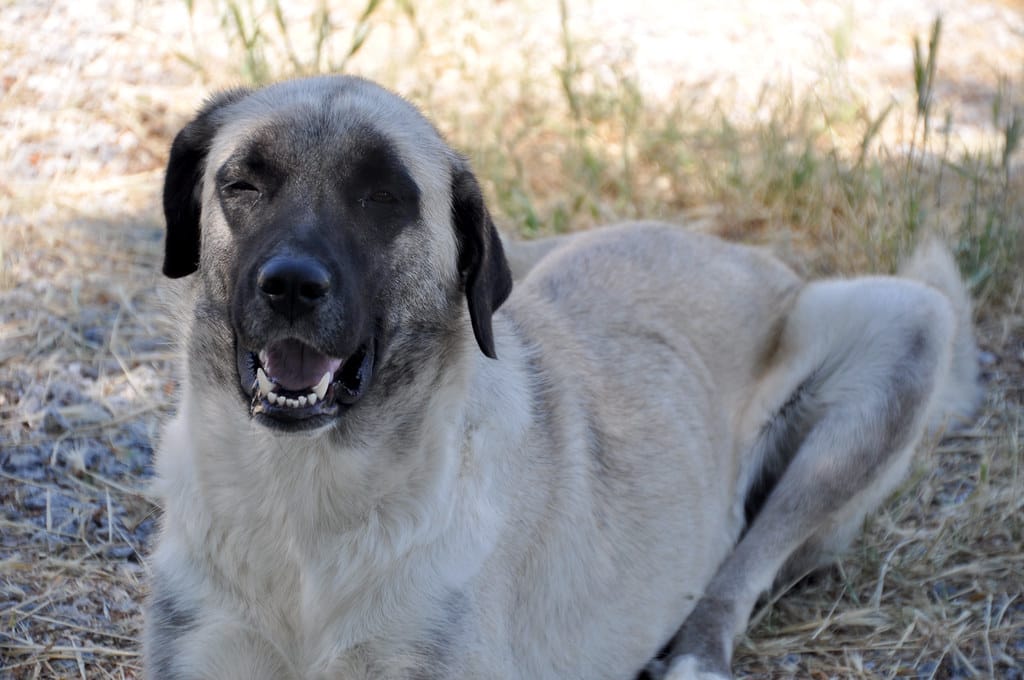
- Weight: 80–150 lbs
- Height: 27–29 inches
- Key Trait: Intelligent and hardworking, they need a job to do and plenty of space to roam.
10. Cane Corso

- Weight: 88–110 lbs
- Height: 23.5–27.5 inches
- Key Trait: Smart and muscular, this Italian breed loves training challenges and active play.
11. Leonberger

- Weight: 90–170 lbs
- Height: 25.5–31.5 inches
- Key Trait: Loving and sensitive, Leonbergers excel in search and rescue or simply as affectionate family pets.
12. Bullmastiff
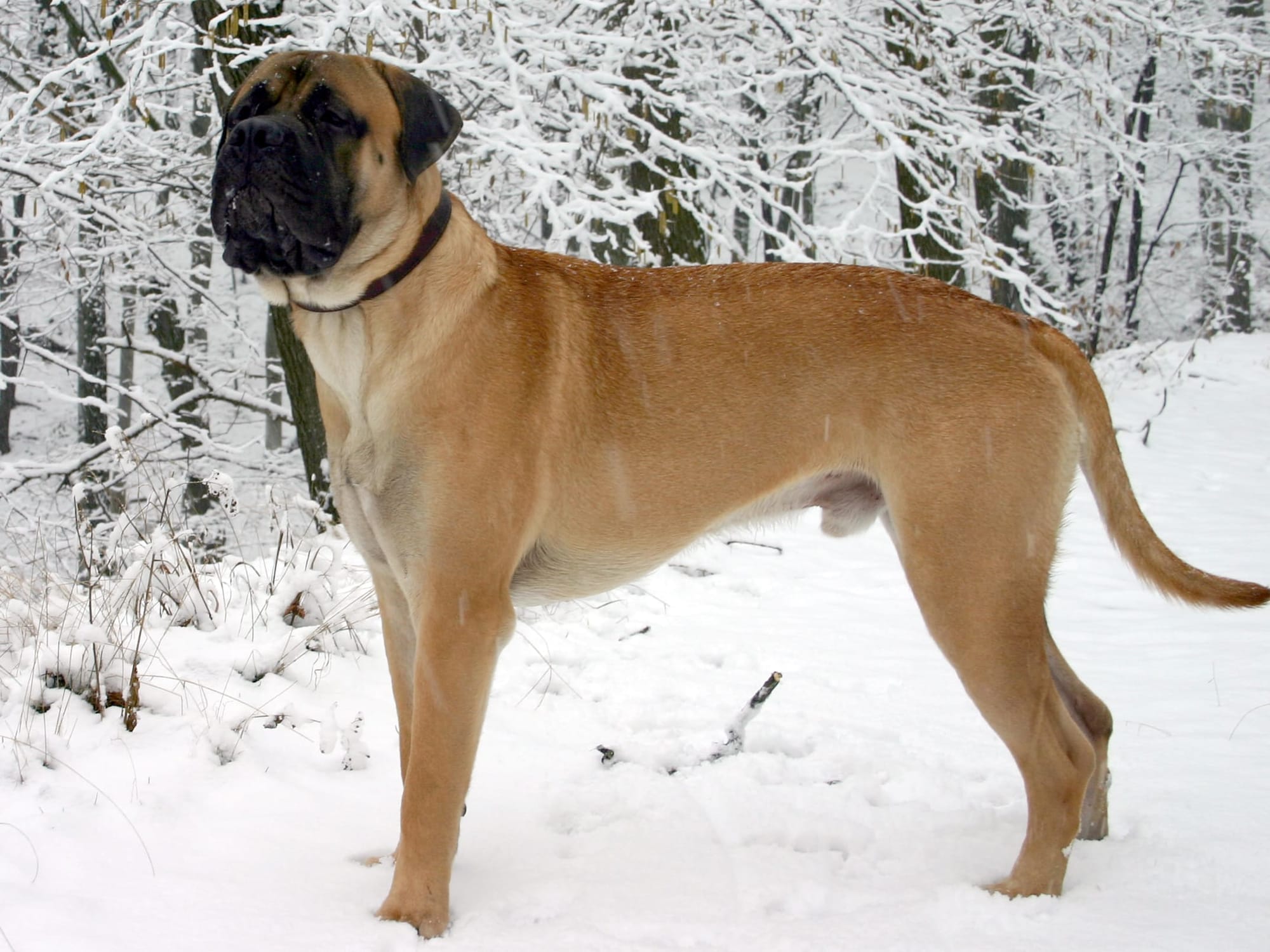
- Weight: 100–120 lbs
- Height: 24–27 inches
- Key Trait: Gentle but firm, Bullmastiffs are patient companions with a history of protecting English estates.
13. Newfoundland
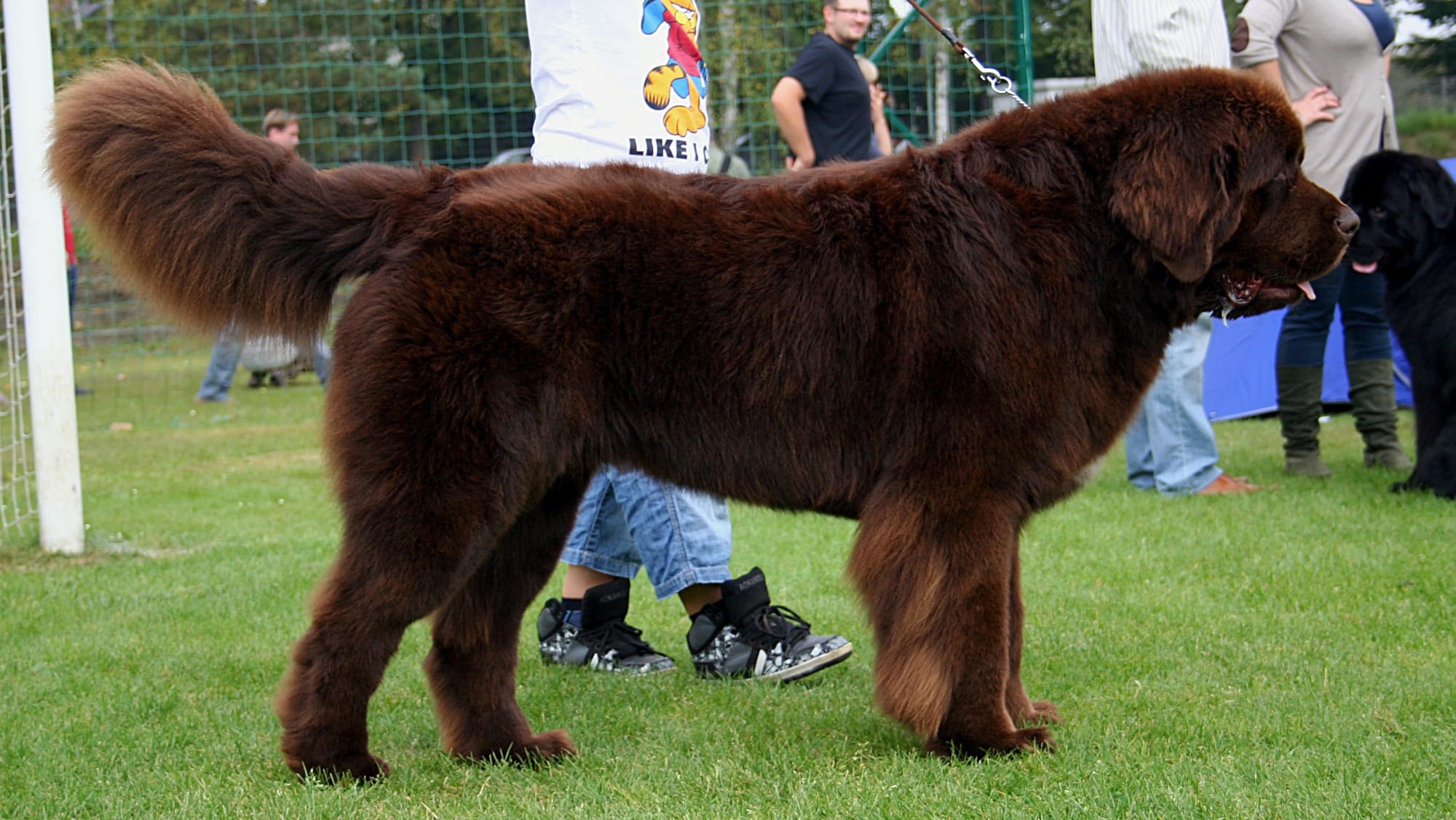
- Weight: 100–150 lbs
- Height: 26–28 inches
- Key Trait: Famous for their swimming prowess, “Newfies” are great with kids and are true gentle giants.
14. Tosa Inu
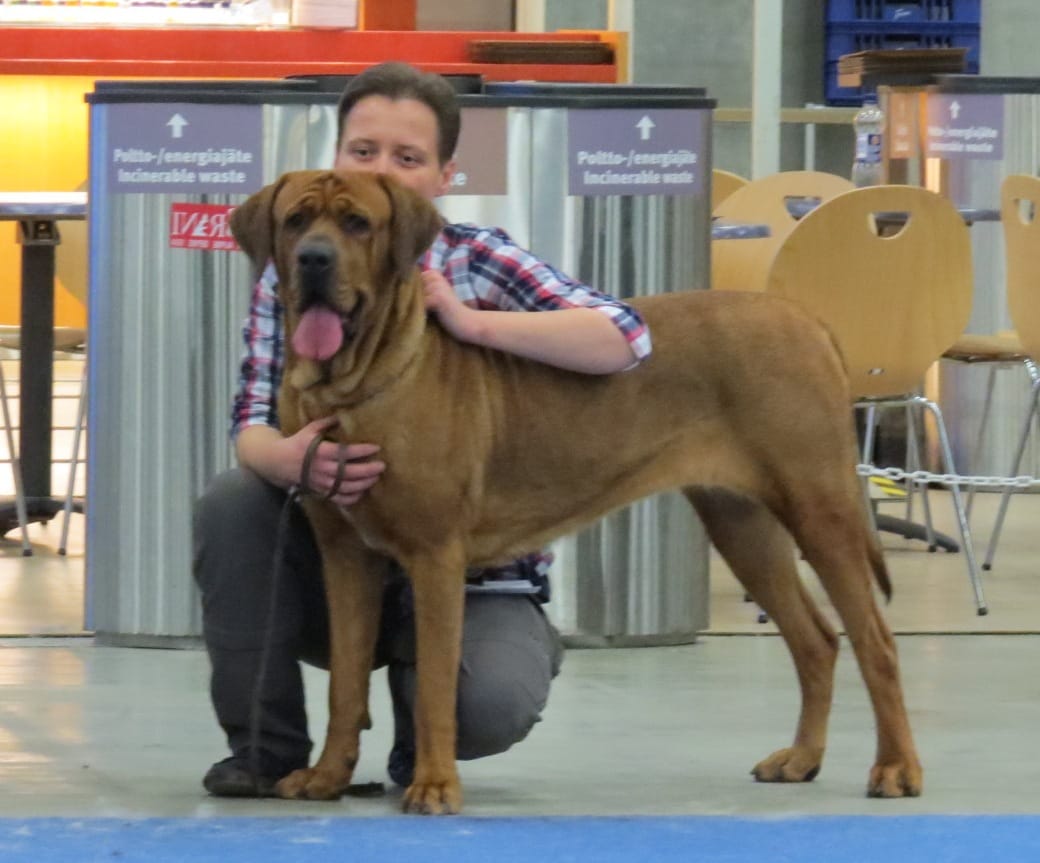
- Weight: 100–200 lbs
- Height: 21.5–23.5 inches
- Key Trait: These Japanese mastiffs are powerful but playful, requiring experienced owners and firm training.
15. Irish Wolfhound

- Weight: 105–180 lbs
- Height: 30–35 inches
- Key Trait: The tallest dog breed, Wolfhounds are sweet-natured giants who were once hunters in their native Ireland.
16. Neapolitan Mastiff

- Weight: 110–150 lbs
- Height: 24–31 inches
- Key Trait: Wrinkly-faced and loyal, these “knuckleheads” drool their way into your heart.
17. Great Dane

- Weight: 110–175 lbs
- Height: 28–32 inches
- Key Trait: Regal and friendly, this breed is known for being a gentle giant who loves everyone (including the cat!).
18. Saint Bernard

- Weight: 120–180 lbs
- Height: 26–30 inches
- Key Trait: Known for heroic Alpine rescues, Saint Bernards are mellow, lovable, and endlessly fluffy.
19. Mastiff (English)
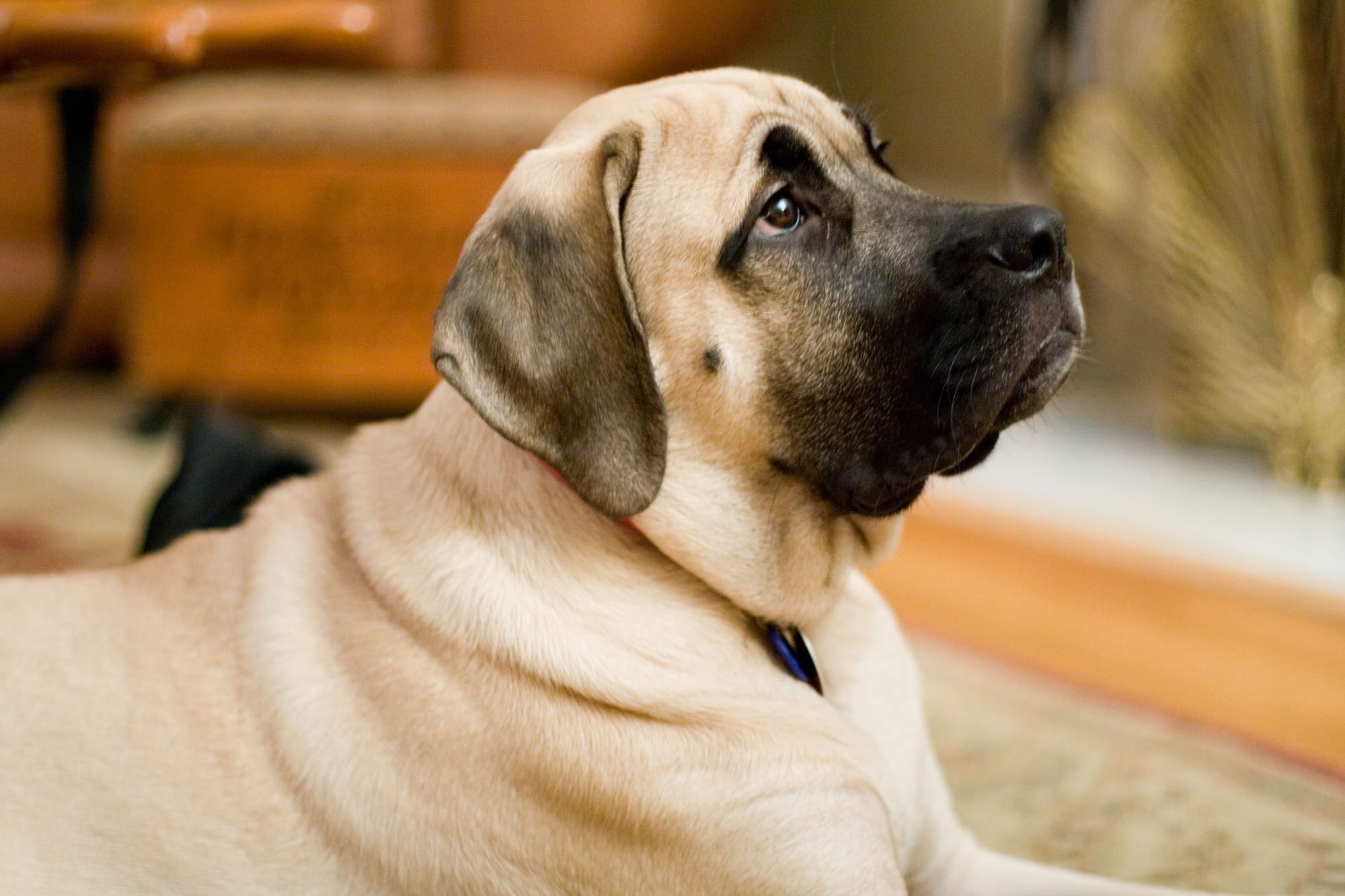
- Weight: 120–230 lbs
- Height: 25–30+ inches
- Key Trait: A mix of ancient war dog and modern cuddle bug, Mastiffs are family-focused protectors.
20. Boerboel
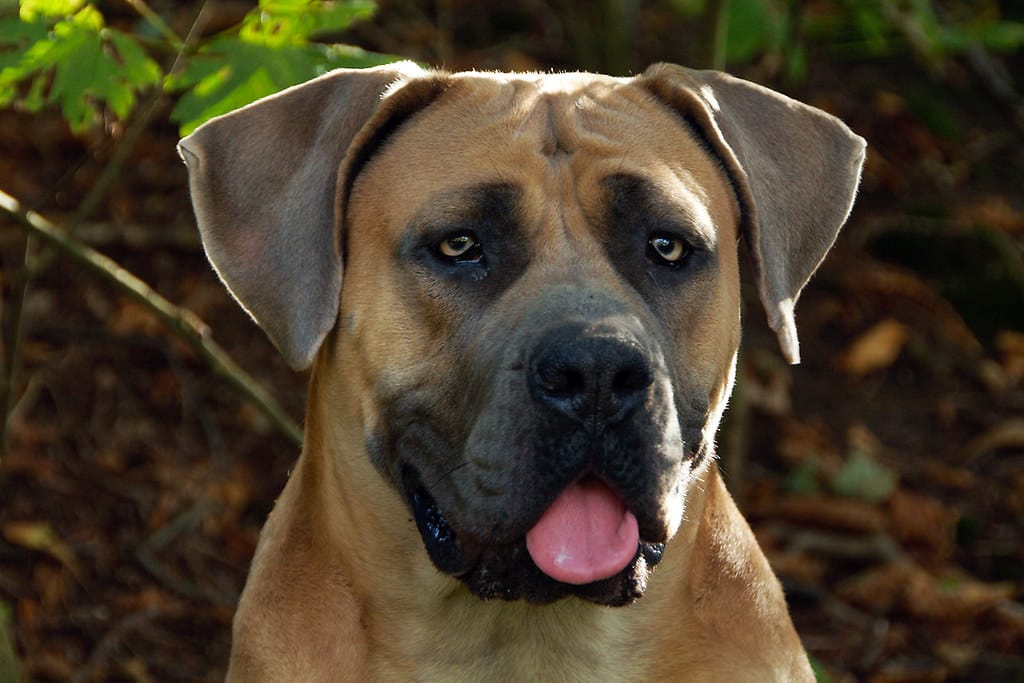
- Weight: 150–200 lbs
- Height: 22–27 inches
- Key Trait: This South African breed is a fearless guardian with a soft spot for its family.
Big Dogs, Big Love
These massive pups aren’t just large in size—they have hearts to match. Whether you’re looking for a playful outdoor companion, a diligent protector, or a big snuggle buddy, one of these breeds might be perfect for you. Just be ready for their big needs—and bigger personalities!
Let me know if you'd like help choosing the right giant breed for your lifestyle. 🐾



